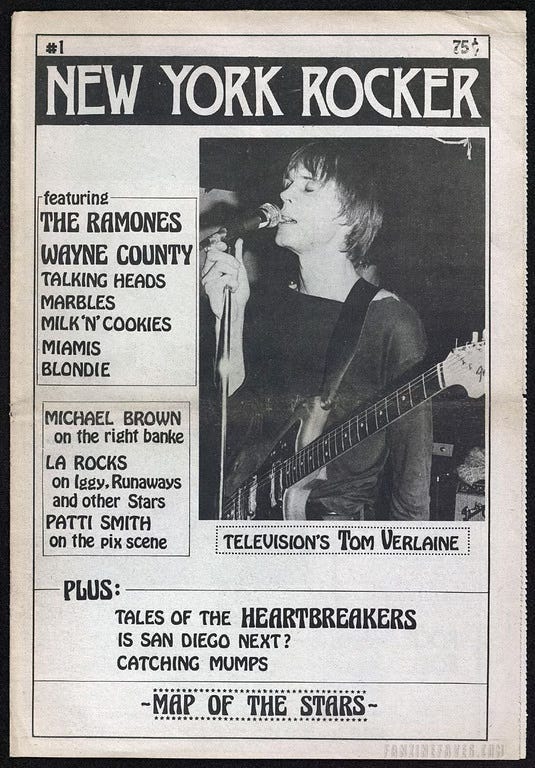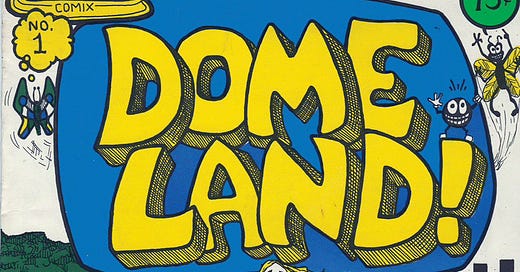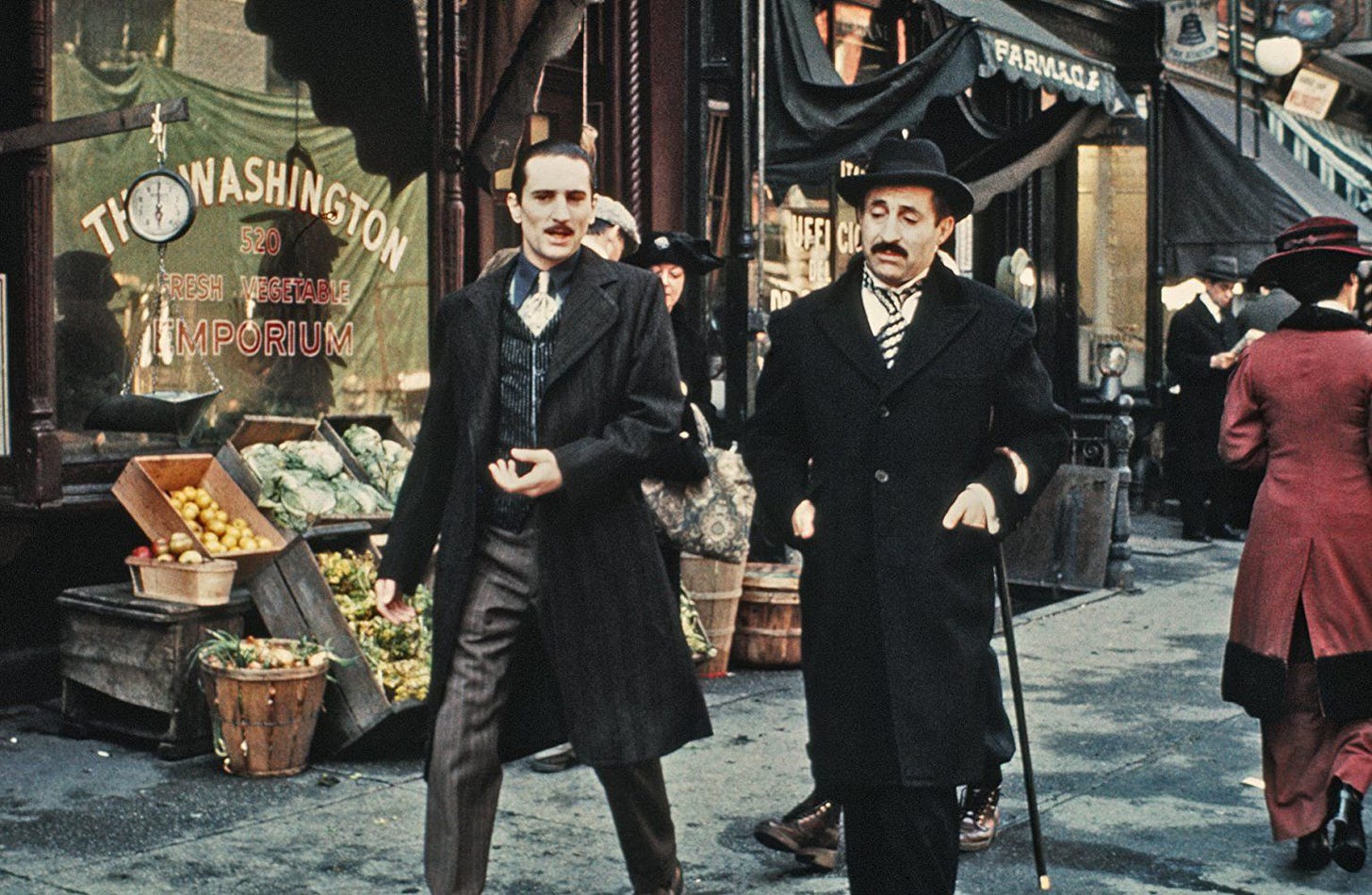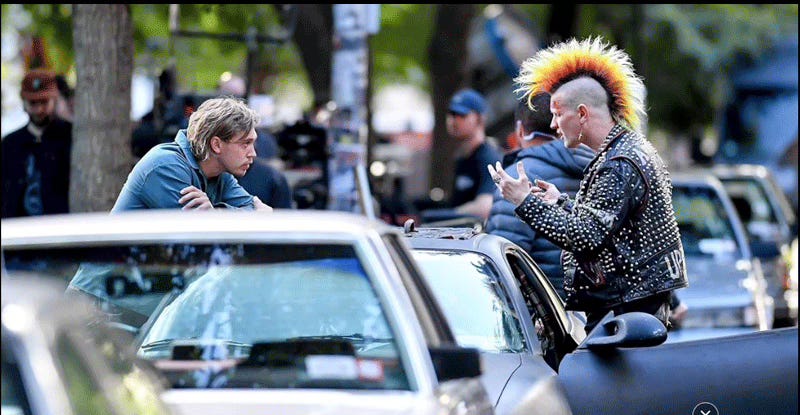I knew Freddie Perez from working with Charas, my first job in New York City. In later years it was a community-based organization, but when I worked there they were devoted to building geodesic domes. The business plan was about building geodesic domes quickly and cheaply as emergency shelters for victims of natural disasters like earthquakes or hurricanes. It was a great idea, but when foreign governments figured out that “CHARAS” was a term for marijuana? A lot of planned projects were rejected. (Yeah, those CHARAS people smoked lot of pot back then!)
After a few months CHARAS decided to hire me to create a comic book, which took up most of my time in the summer of 1973. Only 500 copies of the first edition were printed and they quickly disappeared, so a second edition was printed with Freddie Perez. He was a great guy to work with, taking me under his wing and driving to Brooklyn so I could experience Junior’s cheesecake (a New York City food specialty to this day). Since I was a recent transplant from Connecticut, Freddie wanted to teach me about being a true New Yorker!
The first edition of DomeLand was printed at the Children’s Art Workshop on East 6th Street between Avenue A and B. Coincidentally, Ramones future Art Director Arturo Vega was learning how to silkscreen t-shirts at the same time.
The coolest thing ever? The printing of DomeLand was slowed down when the Children’s Art Workshop was transformed into a set for the filming of The Godfather Part II. Filmmaker Francis Ford Coppola transformed the entire block into a turn-of-the-century neighborhood. People living on the block were paid to take out air conditioners and put curtains in their windows. Gravel covered the street, covering up the tarred street below. I visited the block when filming was taking place, it was so amazing: The entire block was transformed into an early-20th century location. It was like time-travel: Horse-drawn carriages were all over the street, and the signage over the street’s storefronts made the block look like a different world.
The Children’s Art Workshop storefront was used as the set for Vito Corleone’s grocery store! This set was central to the movie’s plot. The filming was being shot all over the East Village back in the day, which gave the neighborhood a sense of pride. Yeah, we lived in a slum, but it was also a cool movie set.
Another important film set for The Godfather II was “The Horseshoe Bar,” located at 7th Street and Avenue B: (along with a bunch of other films). My favorite was when the bar was used to a great extent in the Jessica Jones TV series. It’s amazing when a scene with Luke Cage fighting a group of thugs destroys the place! (But don’t worry, the bar is still there and in good shape.)
It’s another location you need to visit if you’re ever in New York City. The spirit of the East Village is still alive and well if you know where to look.
LINK: Caught Stealing
https://www.imdb.com/title/tt1493274/?ref_=nm_flmg_job_1_unrel_t_7
By the way, although a lot of films use the East Village as a background, there’s a recent movie that has a lot of us excited about: Caught Stealing (working title) for a new Darren Aronofsky project. Here’s the plot synopsis from IMDB:
“Burned-out ex-baseball player Hank Thompson unexpectedly finds himself embroiled in a dangerous struggle for survival amidst the criminal underbelly of 1990s New York City, forced to navigate a treacherous underworld he never imagined.”
Since a lot of filming took place at the Double Down Saloon (14 Avenue A: The most punk rock bar in Manhattan, you got to visit if you’re ever in New York City and want to embrace the punk rock scene). They also shot a lot of scenes at the B&H Restaurant, another East Village landmark and a personal favorite of mine.The soups are all amazing! The B&H opened in 1938 and sells the best kosher dairy food around. I’ve been eating there since 1973, and it has consistently been a great place to eat: decent prices and great food.
I am really looking forward to this movie. Aronofsky is a great filmmaker (The Wrestler, Black Swan, The Whale and more). Not only that, but the prop department contacted me to get a few images of PUNK Magazine! So I am hoping it somehow becomes a good, even great movie about the New York City punk rock scene in the 1990s. Yeah, the 1970s scene was significant but the punk scene in the 1990s was the height of “punk-mania” back in the day.

For further background on PUNK #1, Alan Betrock published the first issue of New York Rocker just a week or two after the first issue of PUNK came out. From reports at the time, they were stunned that a publication came out before theirs did and stole their thunder. At the time their staff was well-known by CBGB’s bands, while we were complete unknowns. This became an odd situation. To me, PUNK wasn’t trying to chronicle the local CBGB/Max’s music scene: I wanted to publicize punk rock bands from all over. New York Rocker, on the other hand, was devoted to covering the local New York scene… At first. Nonetheless, most CBGB scenesters thought there was rivalry between the two publications.
But there were a lot of publications covering the New York City music scene back then: Everything from The Village Voice, Creem magazine, Rock Scene magazine, and the English press: the New Musical Express, Sounds and the Melody Maker. It was an exciting time to be a part of the New York music scene.
Hey: Thanks to all of you for supporting my newsletter by subscribing! I appreciate it. I’m going to attempt adding a lot of exclusive material for all of you, in addition to giving freebie subs some good content. This is actually a lot of fun for me!






